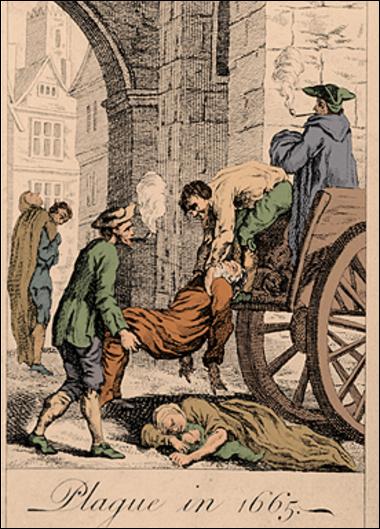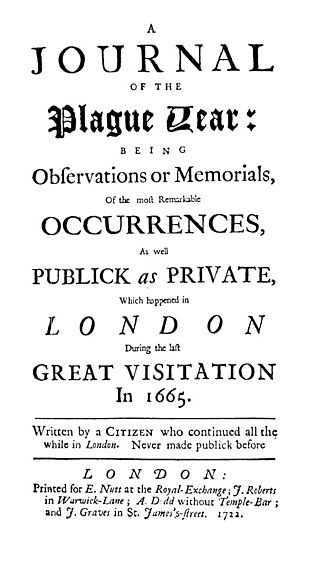A successful DNA study has finally revealed the malicious bacteria that caused the London’s Great Plague. The ferocious plague that caused havoc in the streets of London during 1665-1666, killing about a quarter of the city’s residents. It was the last major outbreak of Bubonic Plague in England.
The project to determine the cause of the Great Plague of London reached its conclusion after a detailed excavation at a suspected burial site of the victims of the Great Plague. During the excavation of the site at the Crossrail site in Liverpool Street, more than 3,500 different burials were unearthed that contain the plague-ridden remains of the Londoners.

Testing of the remains was carried out in Germany and confirmed the presence of the suspected DNA from the bacteria family Yersinia pestis bacterium. This particular agent was long suspected to be the driving force of the bubonic plague and now is confirmed to have wiped out a large portion of London’s population in the year 1665-1666.
The identity of microbes attributed to some of the deadliest plagues around the world including the London’s Plague has long been the subject of various studies and speculations by scientists and experts.
An 18th-century account of the London’s plague called A Journal of the Plague year, penned by Daniel Defoe, contains some of the most detailed descriptions of the ways the bubonic plague took over and killed its victims. Defoe wrote that there was a strange character of the plague; meaning it operated in different ways in different people making it a hard to predict silent killer. He added that some victims would be immediately overwhelmed with violent fevers, unstoppable vomiting, severe headaches, and backaches; the plague literally eating up the patient inside out; while others would silently perish without much trouble or pain.

While speaking to the local reporter, Alison Telfer from Museum of London Archaeology (MOLA) said that the team of researchers has successfully unearthed some 3,500 bodies from the site. She added that the archaeologists have been working on and off at this site for the last five years getting the positive identification of the bubonic plague on a number of individuals during that time. Telfer also made the amazing claim that most of the bodies seemed as if they were buried with great respect in coffins, with no sign of the mass graves that one might imagine after reading the accounts of the plague from the era.
The revelation about the positioning of the bodies is at odds with the accounts of Daniel Defoe’s version of the plague. Experts suggest that although the plague lasted over a year and people did perish in heaps and bounds, the said panic actually came in the play very later and did not last very long; people mostly buried their dead ones with respect at the beginning of the plague.
According to Vanessa Harding, the professor of London History at Birkbeck University, London said that unfortunately not many of the plague victims survived the disease. The evidence suggests, said Harding, that the plague was transferred from person to person quickly and ferociously; however, the manner of the transfer or the agency behind the widespread is not known as yet.
